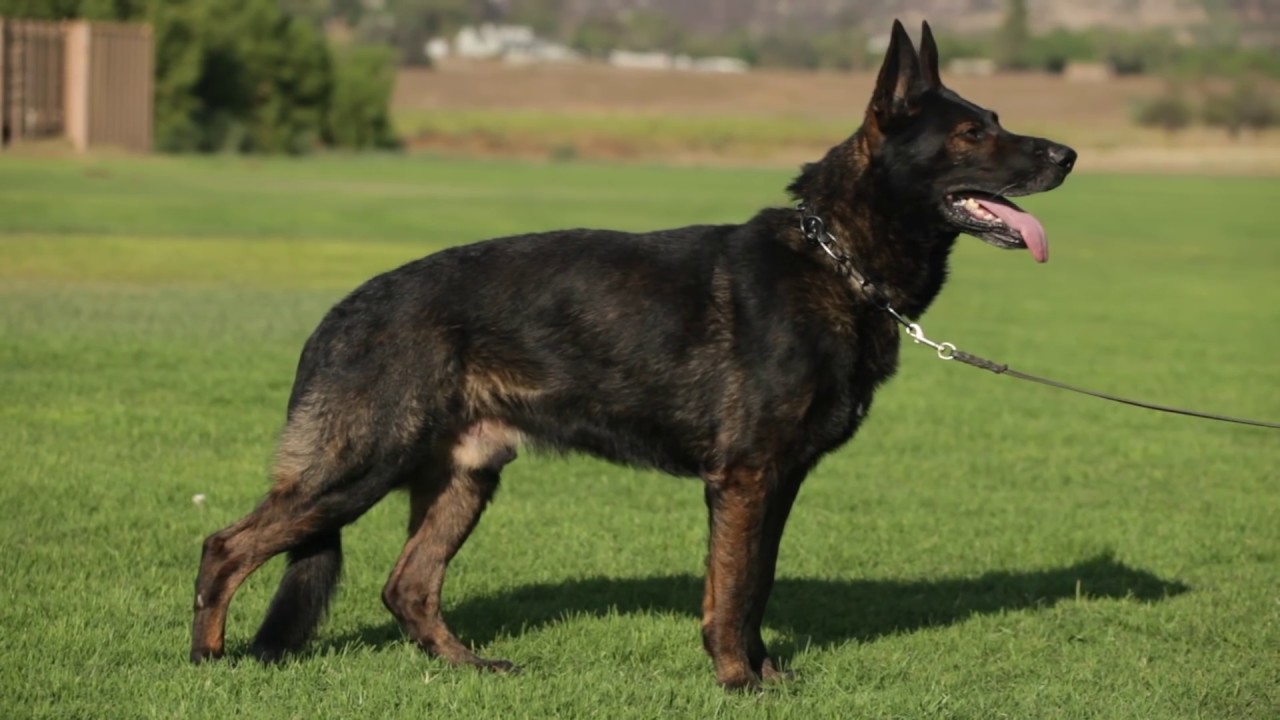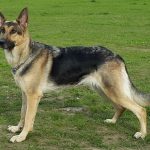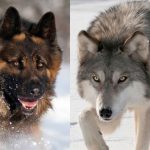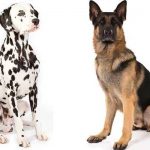There are plenty of reasons why German shepherd dog breeds are considered the most soughed breed globally. However, the main reason behind this is the German shepherd dogs’ versatility as they can work as guard dogs, working dogs, or military dogs.
Moreover, German shepherd breed dogs are known for their master’s loyalty and can protect the family from severe threats to their lives. First, you need to know the difference between two famous German shepherd breed lines that show lines German shepherd and working lines German shepherd.
Once you know the difference, you will decide which one you want to adopt because both can provide a sense of companionship to the owner. However, you need to know about the German shepherd evolution into working lines dogs. Without further ado, let us overview the origin of german shepherd work lines.
Origins Of Working Lines German Shepherd
Contents
The finding of horand’s genes and ability became the basis of the working line german shepherd breeding system. Moreover, Stephanitz focused on the closely related breeding process by using the bloodline of horand’s. Eventually, he succeeded when he used the heritage of Schwaben and Beowulf by horand that become the basis of present work lines german shepherd.
German shepherd breed dogs became more famous in America in 1907. People are amazed and thrilled to learn about this new breed. While the advancement in the cross-breeding process of Working Lines German Shepherd and enhanced tremendously during the world war II to help the forces and axis power of both paramilitary and military activities. Once the war wad ended, Germany and America became highly cautious and strict in the training and breeding process of the working line german shepherd.
These days, the breeding process of a german shepherd breed can be for both purposes, whether the domestic purpose, working purpose, or show purpose, which you will be discussed in further detail.
Difference Between Working Lines German Shepherd And Show Lines
It would be better for the german shepherd breed to look at the vital difference, such as physical, personality, and purpose.
-
Physical
The Working Lines German Shepherd has a straight and thicker body structure, which allows them to work harder for a longer duration. The show lines german shepherds have slanted and thinner back due to their shorter back legs compared to legs at the front. Though, the working lines german shepherd have longer back legs than front legs. Moreover, the working line GSD has a medium-length double coat that protects them from harsh weather. Though, the show lines GSD comes in a different color of coat such as bold rich color like red and black, tan and black, black, silver and black, or blue.
-
Personality
The Working Lines German Shepherd has aggressive nature and is quite sensitive to any fast-moving animals or persons because they anticipated it as prey. They can also attack with their paws or may use their teeth to bite the enemy or any prey. Moreover, their aggressiveness is the result of severe training exposures. The training needs more elite exercises that will enhance the physical attributes and intelligence to keep them prepared for threatening situations in the work field.
On the other hand, the show lines German shepherd is tamer, home-friendly, calm, but one has to stay cautious because they are not handled properly, then they can act aggressively. Though they only get aggressive when they have to defend themselves from something.
-
Purpose
Usually, Working Lines German Shepherd is raised and trained to work, especially for military dogs and law enforcement dogs. The breeding practice and training methods are demanding to develop the dog’s endurance to enhance its pain tolerance and survival rate.
Whereas, show lines german shepherd are bred primarily to produce good appearing and well-structured breed of german shepherd dogs. This line of the species is for pet dogs at home and dog shows.
Breed Types Of Show And Working Lines German Shepherds
Knowing the dog’s physical attributes and other functions will not be enough for people who are deciding to have a German shepherd in their home. Moreover, it necessary for you to learn about the different German shepherd breed lines. The following dog breeds are popular breed types of working and show lines german shepherd.
-
East German Shepherd
It is one of the types of German shepherd working breed lines, also known as Deutsche demokratishe Republik (DDR). They have big bones, darker color, and straight body structure, making them suitable for working dogs. They are energetic dogs and require involvement in various activities to keep them in good health. DDR is usually raised and trained to be a German shepherd working line. Moreover, they are specially trained by European german shepherd working line breeders.
-
West German Shepherd
These types of German shepherd breed is usually raised for show purposes instead of working function. They are among the most famous German shepherd show lines breed because they have a more sloped appearance than the East German shepherd. Moreover, there is also a breed west German shepherd working line, which is considered best for both family pet and working tasks.
-
Czech German Shepherd
It is one of the famous working dog breeds in the government field. They work as the protectors of territory and are usually raised from the species of East German shepherd. Moreover, the Czech German shepherd is originated from the bloodline of east German. The coat color is lighter than the DDR and better masculinity than deutshe demokratishe republik. Moreover, this kind of dog breed undergoes rigorous training programs to improve their muscle strength and health to fit the military’s purpose. It is well characterized by its strong nerves, dark color, loyalty, and intelligence.
The Working Lines German Shepherd are raised to enhance their working abilities instead of focusing on appearance like show lines german shepherd. Though both dog breeds differ in physical attributes, purpose, and personality, breeders and owners make sure that they are carefully handled when they are at home or in the workplace.




